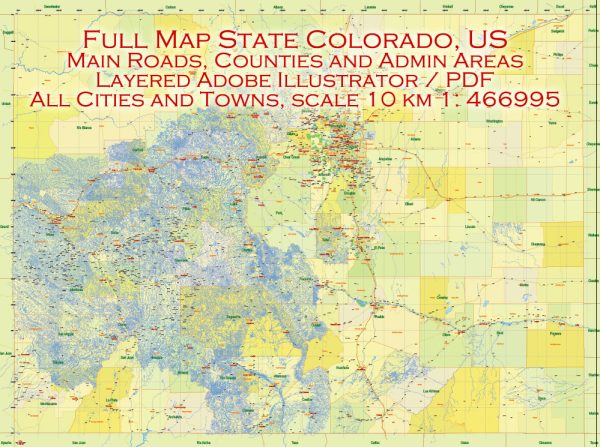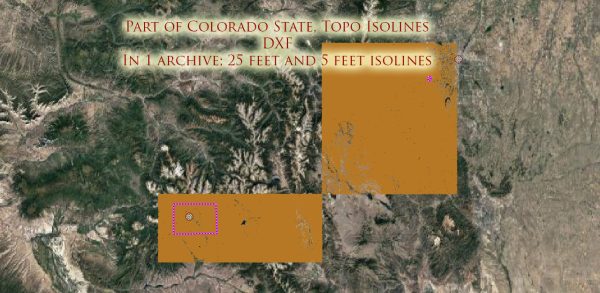Colorado is known for its diverse water resources and many bridges, each playing a critical role in the state’s infrastructure and environment. Here’s an overview of Colorado’s water resources and bridges:
Water Resources in Colorado:
- Rivers and Streams: Colorado is home to numerous rivers and streams, including the Colorado River, Arkansas River, South Platte River, and the Rio Grande. These waterways provide essential water resources for agriculture, industry, and municipal use. The Colorado River, in particular, serves as a major source of water for multiple western states.
- Reservoirs and Lakes: The state has numerous reservoirs and lakes, such as Lake Granby, Blue Mesa Reservoir, and Pueblo Reservoir. These water bodies are used for water storage, recreation, and often serve as sources of drinking water.
- Aquifers: Groundwater from aquifers plays a significant role in Colorado’s water supply, particularly in rural areas and for agricultural irrigation.
- Snowpack: Colorado’s mountainous regions receive significant snowfall during the winter, which acts as a natural reservoir. As the snow melts during the spring and summer, it feeds the state’s rivers and streams.
- Water Management: Water rights and water management are a crucial aspect of Colorado’s water resources. The state follows a priority-based system where senior water rights holders have precedence during times of scarcity.
Bridges in Colorado:
- Bridge Infrastructure: Colorado has a vast network of bridges to facilitate transportation across the state’s diverse terrain. These bridges range from small rural structures to large urban and interstate bridges.
- Notable Bridges: Some notable bridges in Colorado include the Royal Gorge Bridge, which is one of the highest suspension bridges in the world, and the San Juan Skyway bridges, which provide stunning views of the San Juan Mountains.
- Maintenance and Safety: The maintenance and safety of Colorado’s bridges are essential. The Colorado Department of Transportation (CDOT) oversees the maintenance, inspection, and repair of state-owned bridges. Local agencies manage bridges within their jurisdictions.
- Historic Bridges: Colorado is also home to several historic bridges, such as the Red Cliff Bridge, which is an example of a metal truss bridge from the late 19th century.
- Challenges: The state faces challenges related to the aging infrastructure of its bridges and the need for regular inspections and maintenance to ensure safety and longevity.
Both water resources and bridges are vital components of Colorado’s infrastructure and environment. Proper management and conservation of water resources are essential to sustain the state’s agriculture, economy, and ecosystems. Meanwhile, the maintenance and development of a robust bridge network are critical for efficient transportation and connectivity in this geographically diverse state.




 Author: Kirill Shrayber, Ph.D.
Author: Kirill Shrayber, Ph.D.